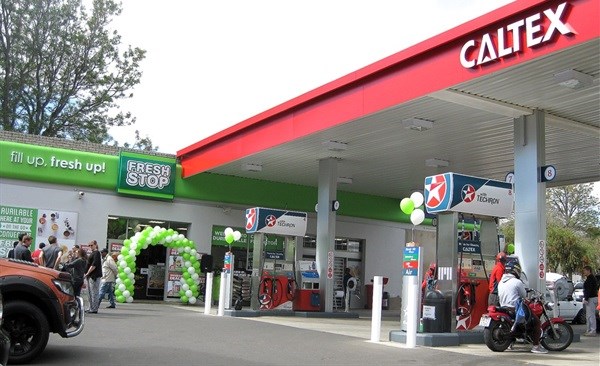
“At the 2017 NACS Insight Convenience Summits held in Chicago and London, industry leaders came together to share their expertise and experience and deliberate and how the latest trends are shaping the industry going forward,” explains Joe Boyle, director at FreshStop, the largest and fastest growing convenience retail brand in South Africa.
As a board member of NACS’ Inaugural Global Board, South Africa is formally represented in this international organisation. Boyle has also played an integral role on the NACS judging panels which select winners for the annual NACS Insight International Convenience Retailer of the Year Award.
According to Boyle, the following five trends will continue to strategically shape the future of convenience retailing:
The speed of the shopping experience is what differentiates convenience retail from traditional retail. According to customers, a long queue will make 8 out of 10 abandon their purchase and 22% want to get in and out as quickly as possible. It’s taking the retail concept from ‘going shopping’ to ‘shopping on the go’, and dashboard dining forms part of this trend.
Internationally this trend is being seen in the form of self-checkout stores such as Amazon Go and smart convenience concepts such as Eatsa to using drones to deliver goods. ‘Food to go’ continues to be popular and key to customer satisfaction.
Healthy living is no longer a trend – it’s a fact. The desire for healthier food options continues to grow exponentially with consumers wanting brands to help them achieve their goals, whether these are personal, financial, ethical or community-based. They continue to lean towards products that are natural and better-for-you.
“It’s all about gaining a better understanding of the diversification of health. Health means different things to different people. For example, to retirees, healthy could mean fresh fruit and vegetables, whereas for millennials, it could mean a low-carb chocolate milk drink. When it comes to healthier options, understanding your customers’ needs and getting the correct product mix are crucial,” says Boyle.
Only 1 in 5 consumers feel that convenience stores are enjoyable places to shop and 38% only go to a c-store if it’s the last resort. To entice and retain customers, a retailer needs to create a shopping experience that is authentic and calm, which can be enhanced through in-store radio and customer service. “As product offerings become more interchangeable, it’s the shopping experience that will differentiate retailers from one another. A recent study showed that 78% of millennials would rather spend money on a desirable experience than on the goods being sought”.
A tactic such as ‘treat theatre’ gives retailers an opportunity to highlights specific products in a unique way, and gives customers a chance to visually interact with the product. Another winner is providing customers with a seating area, as shoppers who take a seat spend up to 40% more, with the understanding that certain elements such as building structure, product range and parking availability play into this equation.

Food is the new rock ‘n roll. It is part of an aspirational lifestyle but along with it comes the awareness of health, brands, convenience and range. The power of social media and the influence of their peer groups, who are talking about healthy, ethical and traditional foods, are major persuaders of buying behaviour.
Marketers are finding that traditional advertising does not appeal to the millennial. Authenticity and transparency in promoting the product is as important as the authenticity and calm when they walk into the store. The hype must meet the experience in real life.
As millennials become more educated and enter the middle class, their disposable income increases. They are the customers of the future and their demands touch on all aspects of future c-store retail trends. They are the one-swipe generation and use technology to personalise their orders – they want speed and frictionless purchasing, and providing them with a personalised offering that will seamlessly feed into their dashboard dining experience will promote loyalty.
As consumers adapt to a one-swipe lifestyle (eg. Uber and Tinder), they are looking for similar technologies that will personalise, enhance and simplify their shopping experience.
Predictive apps that proactively engage with consumers in a personal way to make their lives easier are finding their way into convenience store and fuel retail industry. Convenience stores in the US are already offering shoppers mobile apps that offer customers digital rewards, fuel discounts and mobile payments. And artificial intelligence (AI) has started shaping the shopping experience with AI technology learning to build smart shopping baskets for customers.
“Everyone is promoting loyalty programmes but these programmes need to be simplified. It is not price alone that keeps customers loyal. Simplicity, recognition and a smile are still the best incentives,” adds Boyle.
The idea of ‘convenience’ is changing dramatically with new concepts such as Amazon Go and drones flooding the industry, but generally, these big trends won’t change the industry overnight. However, the c-store of today will not be the same c-store in 20 years time – it will evolve. This will be especially true of fuel retail convenience stores as transportation hubs become retail destinations.